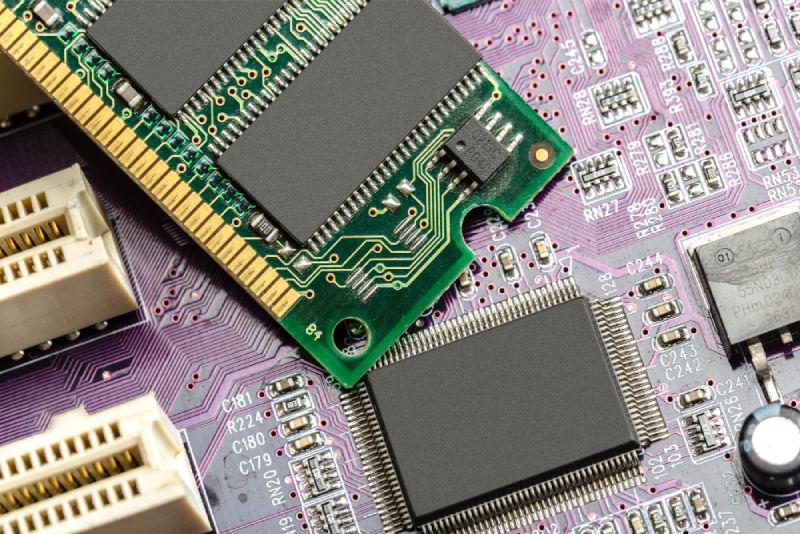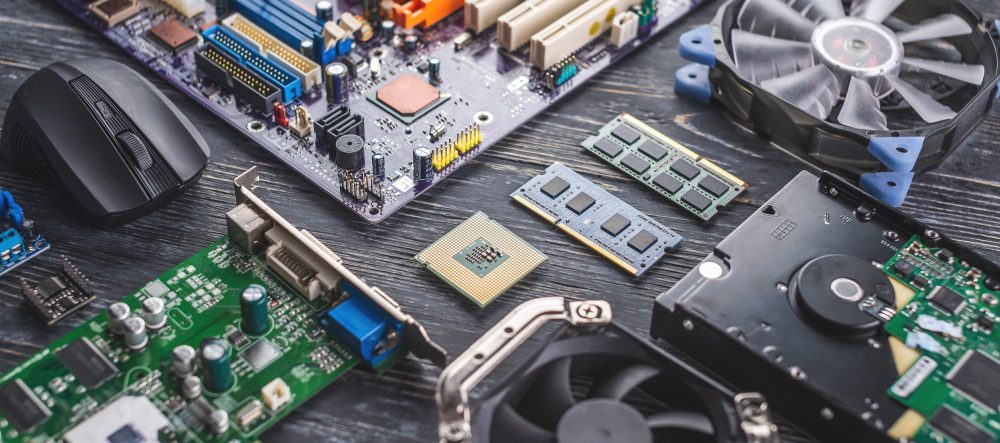Why are Some Motherboards Incompatible?
Introduction
Motherboards are the backbone of any computer system. They are responsible for managing the communication between all the hardware components. A motherboard that is compatible with the rest of the components in a computer system is essential for it to function correctly. However, compatibility issues can arise when components that are not compatible with the motherboard are installed, leading to system instability or even hardware failure. In this article, we will discuss how to resolve motherboard compatibility issues.
Identifying Compatibility Issues
The first step to resolving motherboard compatibility issues is to identify them. If a component does not work correctly or causes system instability after installation, it may be due to incompatibility issues. The most common compatibility issues are related to the processor, memory, and expansion slots.
Processor Compatibility
The processor is one of the critical components of a computer system, and it needs to be compatible with the motherboard. Processors are designed to fit in specific socket types, so it is essential to ensure that the processor is compatible with the motherboard’s socket. If the processor is not compatible with the motherboard, it will not fit, and the computer will not function correctly.
Memory Compatibility
Memory modules come in different types and speeds, and it is essential to ensure that the memory modules are compatible with the motherboard. The motherboard’s manual will specify the type and speed of memory modules that are compatible with it. Installing incompatible memory modules can cause system instability or even damage to the hardware.
Expansion Slot Compatibility
Expansion slots allow for the installation of additional components such as graphics cards, sound cards, or network cards. It is essential to ensure that the expansion card is compatible with the motherboard’s expansion slot. The motherboard’s manual will specify the type of expansion slot and the maximum capacity of the expansion card that can be installed.
Resolving Compatibility Issues
Once the compatibility issues have been identified, there are several ways to resolve them.
Update BIOS
The motherboard’s BIOS is responsible for managing the communication between the hardware components. It is essential to ensure that the BIOS is up to date with the latest version, as it may include fixes for compatibility issues. The motherboard manufacturer’s website will have the latest BIOS version available for download.
Use Compatible Components
Using compatible components is the best way to avoid compatibility issues. Refer to the motherboard’s manual to ensure that the components are compatible before installation.
Check for Driver Updates
After installing the hardware components, it is essential to check for driver updates. The manufacturer’s website will have the latest drivers available for download. Installing outdated drivers can cause compatibility issues and system instability.
Replace Incompatible Components
If the compatibility issues persist after trying the above steps, it may be necessary to replace the incompatible components. Ensure that the replacements are compatible with the motherboard before installation.
Conclusion
Motherboard compatibility issues can cause system instability and even hardware failure. Identifying and resolving compatibility issues is essential for a computer system to function correctly. Updating BIOS, using compatible components, checking for driver updates, and replacing incompatible components are the most effective ways to resolve motherboard compatibility issues.



